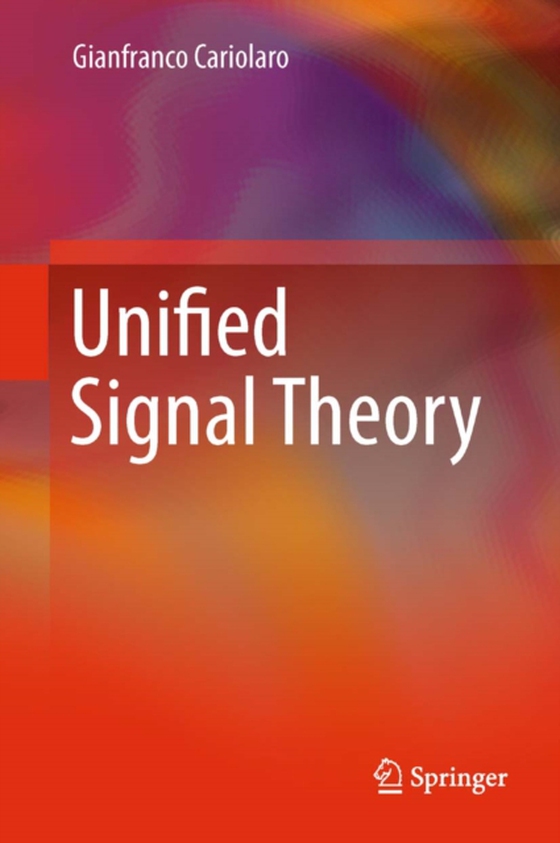
Unified Signal Theory e-bog
1094,16 DKK
(ekskl. moms 875,33 DKK)
Unified Signal Theory is an indispensible textbook dealing with the theory of deterministic signals; a topic of fundamental interest to graduates and senior undergraduates in the areas of information engineering (telecommunications, control, systems theory and electronics), astronomy, oceanography, earth science, biology and medicine. The unified theory follows an innovative approach - that of ...
E-bog
1094,16 DKK
Forlag
Springer
Udgivet
23 april 2011
Genrer
PBKF
Sprog
English
Format
pdf
Beskyttelse
LCP
ISBN
9780857294647
Unified Signal Theory is an indispensible textbook dealing with the theory of deterministic signals; a topic of fundamental interest to graduates and senior undergraduates in the areas of information engineering (telecommunications, control, systems theory and electronics), astronomy, oceanography, earth science, biology and medicine. The unified theory follows an innovative approach - that of combining all signal classes into just one. The fundamental signal operations (convolution, Fourier transform, linear systems, sampling and interpolation) are established simultaneously for all the signal classes. This unified approach avoids the repetition of similar concepts consequent on other approaches' separate treatment of definitions and properties for each signal class. Modern wavelet ideas are developed in harmony with the rest of the text. Unified Signal Theory provides: * exercises and examples, to give the student practice; * solutions which are available for download and save the tutor time; and * a choice of two suggested reading paths depending on the level of the student, for an enhanced learning experience. The advantages of the unified approach are many: it permits a global vision of the topic, it is economical in teaching and learning, and it can be adjusted easily to fit new applications. This textbook presents the theory in five chapters, and goes on to demonstrate specific applications such as fast Fourier transform implementation, sampling and reconstructions of signals, and multicolor modulation systems, in a further six chapters. Mathematical concepts are introduced conceptually within the body of the book with more rigorous treatment being reserved for the appendices.
 Dansk
Dansk

